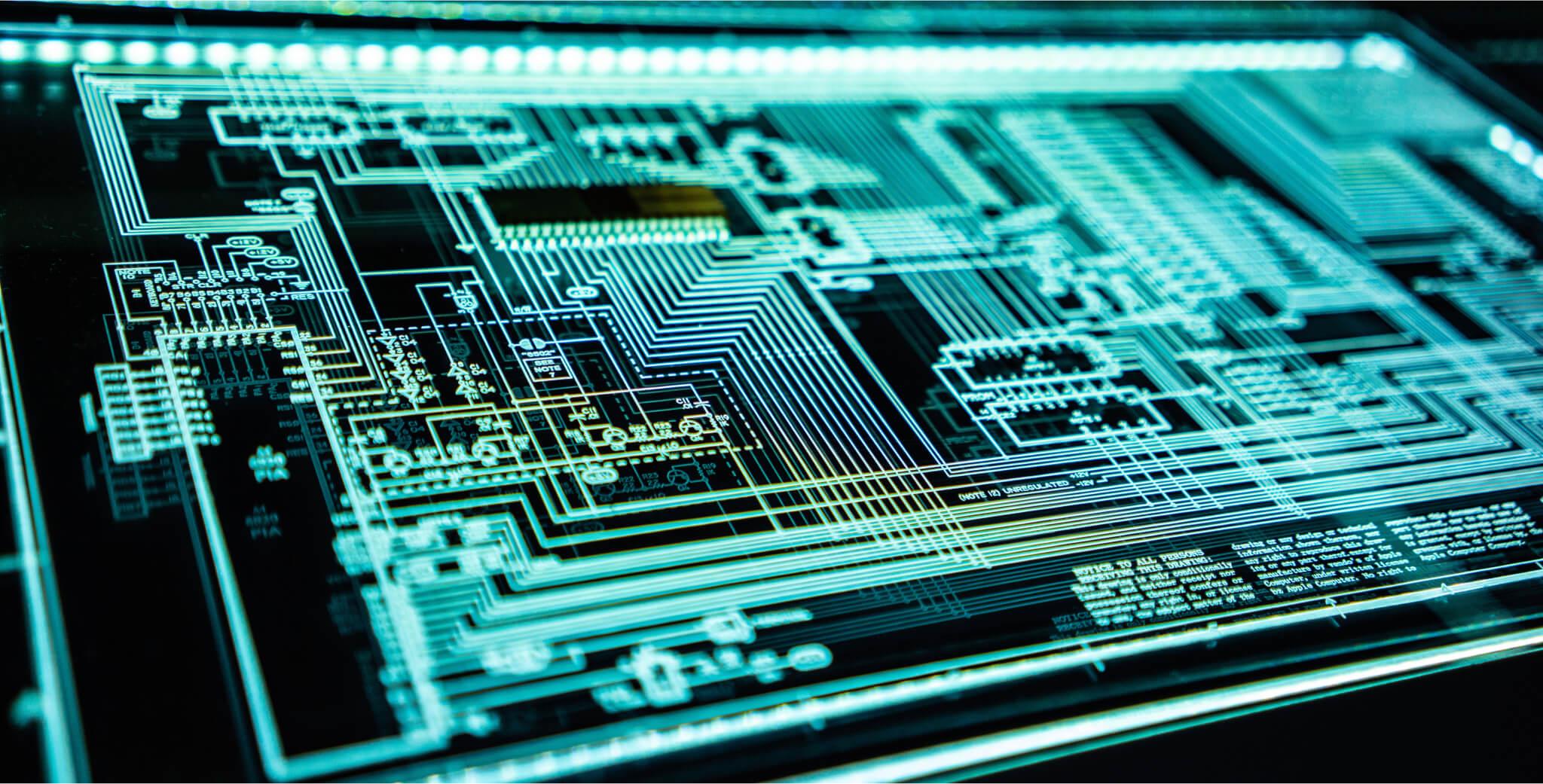A Comparative Insight into New and Refurbished Devices
In the whirlwind world of technology where innovation is the rule rather than the exception, we are often spoiled for choice when it comes to choosing our gadgets - smartphones, laptops, smartwatches, and desktops. The shine and allure of brand new devices are undeniably attractive, but there is an undercurrent of change in today's tech marketplace - the rising tide of refurbished devices. As we navigate through this sea of choices, one question rises above all: how do brand new and refurbished devices compare? In this comprehensive piece, we will explore the similarities and differences between these two contenders. We'll delve into aspects such as functionality, testing, warranties, cost structures, the unboxing experience, and environmental impacts, providing you with an insightful perspective on this evolving tech landscape.

Whether new or refurbished, the primary expectation we have of our devices is functionality. Regardless of whether you're contemplating splurging on the latest high-end laptop or weighing the pros and cons of a refurbished smartphone, the end goal remains the same - you expect your device to operate optimally and cater to your unique tech needs. The guarantee of functionality is a common expectation that applies to both new and refurbished tech.
Refurbished devices are not simply hand-me-downs or repaired versions of previously faulty units. They undergo a meticulous process of inspection, repair (if needed), testing, and cleaning before being reintroduced into the market. This process ensures that refurbished devices perform just as effectively as their brand-new counterparts. Hence, with refurbished devices, you are not compromising on functionality or performance; you are simply taking a different path to the same destination.
The assurance of high-performance functionality in both new and refurbished devices is underpinned by rigorous and precise testing. For new devices, testing forms an integral part of the manufacturing process, taking place before the products hit the consumer market.
Refurbished devices, however, typically undergo two rounds of testing (one before and one after the repair stage), increasing their reliability.
For new devices, manufacturers employ a process called production quality assurance testing. The aim here is to ensure that all devices coming off the production line meet the company's quality and performance standards. Each device undergoes a battery of tests to ensure the hardware functions as expected and that the software is free of bugs.
For instance, smartphone manufacturers may use automated testing machines to simulate repeated button presses, ensure the responsiveness of touch screens, test battery performance under various conditions, and run the device's software through a series of automated tasks. The renowned smartphone manufacturer Apple, for example, puts its devices through stress tests which include a sit test to check how the device can handle being sat on, and a drop test to ascertain its resistance to sudden impacts.
Refurbished devices undergo a similar process, often even more rigorous. Many reputable refurbishers adhere to the standards set by the R2 (Responsible Recycling) certification, which requires a complete function test of key functions, as well as a check for any common failures. This implies that the refurbished device you're purchasing has been thoroughly checked and double-checked for reliability and performance.
For instance, a refurbished laptop goes through a detailed checklist that includes testing all the ports (USB, HDMI, etc.), ensuring the screen doesn't have any dead pixels, the keyboard and touchpad work correctly, Wi-Fi and Bluetooth functionalities are optimal, and that the battery can hold a charge for a reasonable duration.
It's also interesting to note that each refurbished Apple product, for instance, undergoes a stringent refurbishment process that includes full testing that meets the same functional standards as Apple new products. Your refurbished device is truly "like new," with special savings of up to 15%.
In light of these facts, it's clear that the testing processes for both new and refurbished devices are exhaustive and focused on delivering the best possible product to the end user.
A common misconception that often clouds perception about refurbished devices is the lack of warranty coverage. However, this is far from the truth. Reputable companies that refurbish and sell electronic devices, such as “Renewone”, understand the importance of customer trust and confidence and therefore offer warranties that match those offered by new device manufacturers.
All of the devices we refurbish and sell in our online shop (and across multiple channels like Backmarket, Refurbed & Amazon refurbished) come with a minimum 1 year warranty. For most of our devices we also offer an extended warranty of 2 years.
These facts shed light on the reality that refurbished devices are often backed by robust warranty plans, giving buyers a sense of security and value that aligns with, or even exceeds, that of new devices.
Arguably, the most significant advantage that refurbished devices have over new ones is their price. Refurbished devices can be anywhere from 15% to 70% cheaper than their new counterparts. This cost-efficiency does not stem from inferior functionality, but rather from the different cost structures of new and refurbished devices.
With new devices, a significant part of the price tag covers the cost of research and development (R&D). The Consumer Technology Association reports that companies in the electronics sector spend around 6.5% of their revenue on R&D, a figure that is higher than the average 4.5% across all industries. This investment drives innovation, enabling the introduction of advanced features and capabilities in each successive device iteration. These R&D costs are ultimately reflected in the final pricing of the devices.
On the other hand, refurbished devices do not have associated R&D costs. The principal expenditures in the refurbishment process are linked to inspection, repair, testing, and repackaging. The pricing advantage of refurbished devices is quite evident in the market, including those in our own product range.
Thus, consumers can acquire refurbished devices, which offer the same functionality as new devices, but without the added burden of funding new technology R&D, making them a more cost-effective choice. The savings achieved can be significant, especially in the case of premium devices, without compromising the device's performance or longevity.

Unboxing a new device, with its untouched packaging and the thrill of revealing a brand-new gadget, does offer a unique experience. Consumers often associate this process with quality and value, in part due to effective marketing and the innate human attraction to 'newness'. In fact, the unboxing experience has become so significant that 'unboxing' videos have gained substantial popularity on platforms like YouTube, with top tech influencers garnering millions of views.
However, refurbished devices offer a different unboxing experience. They might not come in original packaging or include all the accessories that new devices usually come with. Despite this, they are securely packed to ensure product safety and longevity.
It's important to note that packaging in the refurbishment industry has been improving significantly. As we strive to provide renewone’s customers with the best possible shopping experience, our company has invested in enhancing the unboxing experience by developing secure and distinctive packaging for our products.

With rising environmental concerns, the sustainability aspect of refurbished devices is becoming increasingly relevant. According to a report by the United Nations, electronic waste is one of the fastest-growing waste streams worldwide, with 59 million metric tons of e-waste generated globally in 2022. A substantial portion of this waste comes from discarded electronics like smartphones and laptops, making e-waste management a critical environmental challenge.
By choosing refurbished devices, consumers can play a significant role in reducing e-waste. The refurbishment process gives a second life to electronics, preventing them from ending up in landfills prematurely and conserving the resources that would otherwise go into manufacturing a new device.
In fact, the environmental impact of electronics begins even before they are used, in their manufacturing phase. A study by the Journal of Cleaner Production found that 85-95% of a device's total CO2 emissions come from the manufacturing process. Thus, by extending the life of electronics through refurbishment, we can significantly lower their overall carbon footprint.
Furthermore, the Green Alliance estimates that by 2030, carbon emissions from the production of new smartphones will reach 125 million tonnes, equivalent to 29 million cars on the road for one year. By supporting the refurbished electronics market, consumers can help curb this alarming increase in carbon emissions.
Every refurbished device purchased is a step towards a more sustainable and environmentally responsible electronic consumption model. They offer consumers the opportunity to actively participate in the fight against e-waste and reduce their own carbon footprint, all while enjoying high-quality tech at a fraction of the cost. By embracing refurbished devices, we can enjoy our gadgets and protect our planet simultaneously.
In conclusion, while new devices have their own charm, the potential of refurbished devices is immense, especially considering their lower prices, reduced environmental impact, and comparable functionality. They might not have the glamour of brand-new devices, but their substance definitely makes them worthy contenders in the tech marketplace. Choosing refurbished devices could be a wise, economical, and environmentally responsible move, offering more positives than one might initially anticipate.